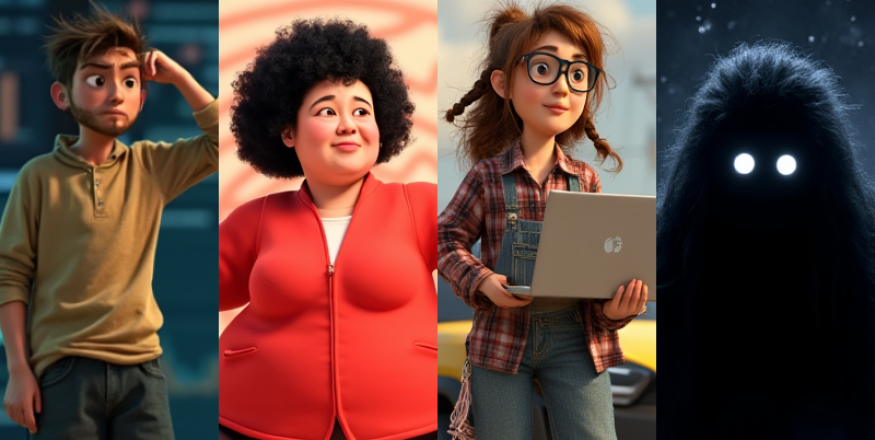The car came to an abrupt stop in the middle of the road. Due to the strong inertia, Stan was thrown out of his seat. Fortunately, in the self-driving car, the seats were arranged face-to-face, and Stan was seated facing the direction of travel. At that moment, Stan was the only one in the car, on his way to the nearby airport to pick up his wife's mother. So, even though Stan was flung out of his seat, he merely landed on the opposite seat without much harm.
Stan struggled to turn over on the opposite seat. The impact had still caused sprains to various parts of his body. Groaning, Stan looked at the screen on the car roof. It showed that the system was rebooting—something that had never happened since self-driving cars had been introduced. The technology of large AI models had already successfully solved the hallucination problem, and natural language communication had become the mainstream mode of human-computer interaction.
Stan suddenly thought that they had come to an unexpected stop in the middle of the road—what if other speeding vehicles crashed into him? He hurriedly looked out the window, but to his surprise, several cars were in the same situation, stopped in the middle of the road. Meanwhile, the vehicles that were still moving had already slowed down, so there was no risk of a secondary collision. Nowadays, there were very few manually driven cars left. One had to admit that self-driving cars were much safer than manually driven ones. Even in the event of such a serious vehicle malfunction, the possibility of a secondary collision was still minimal.
ns18.117.10.48da2





















